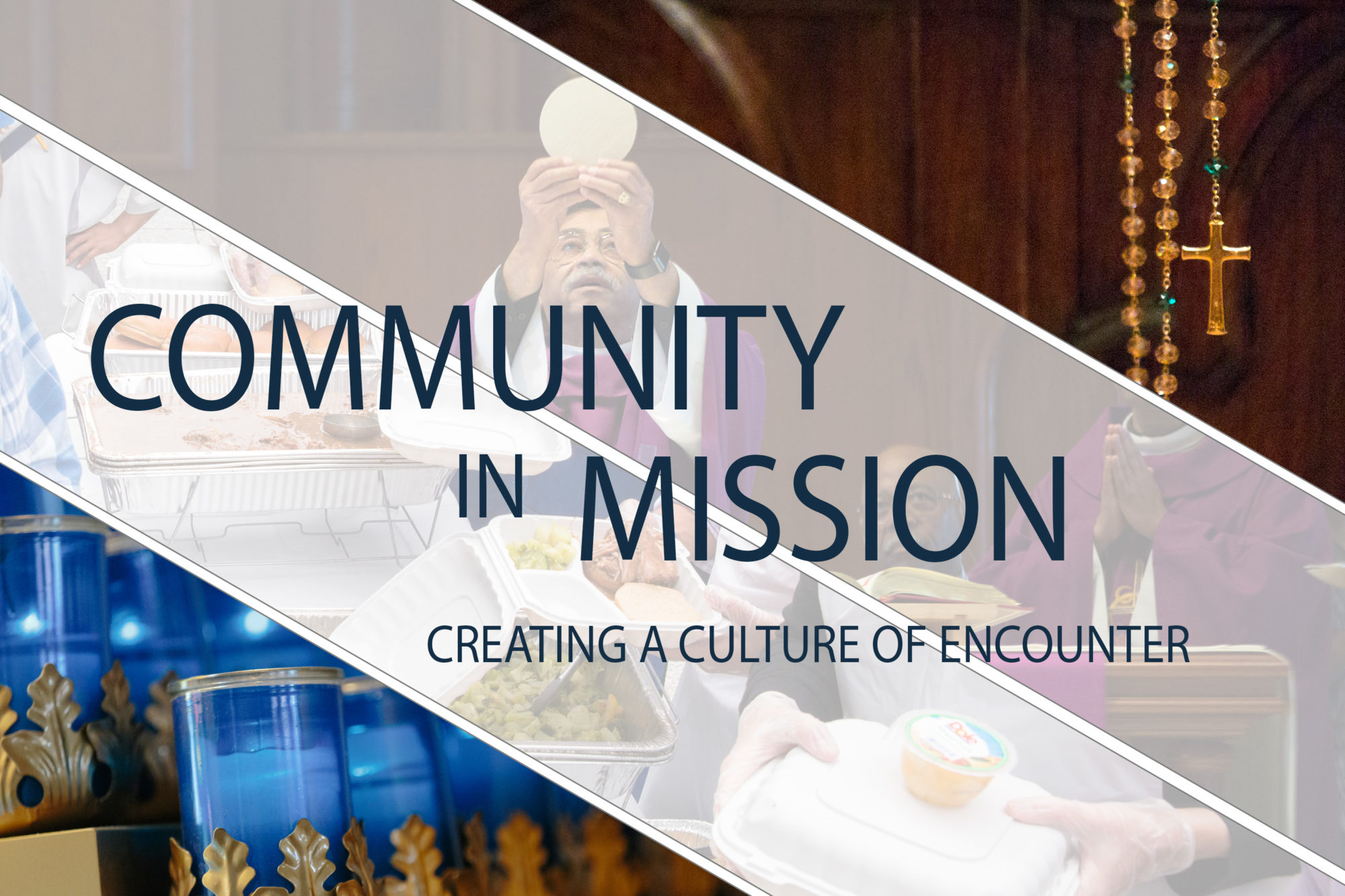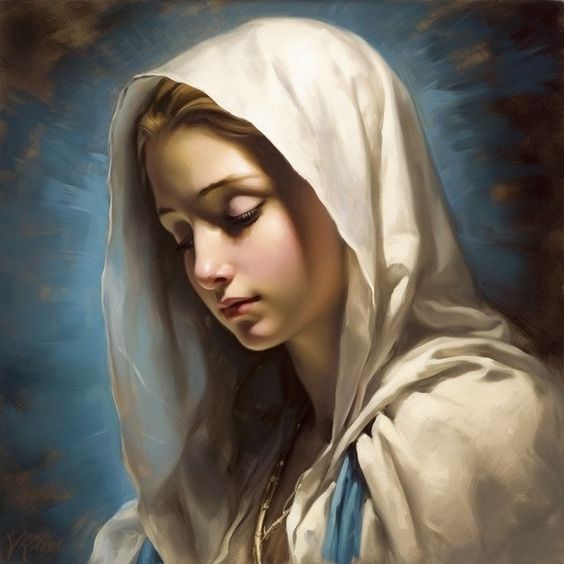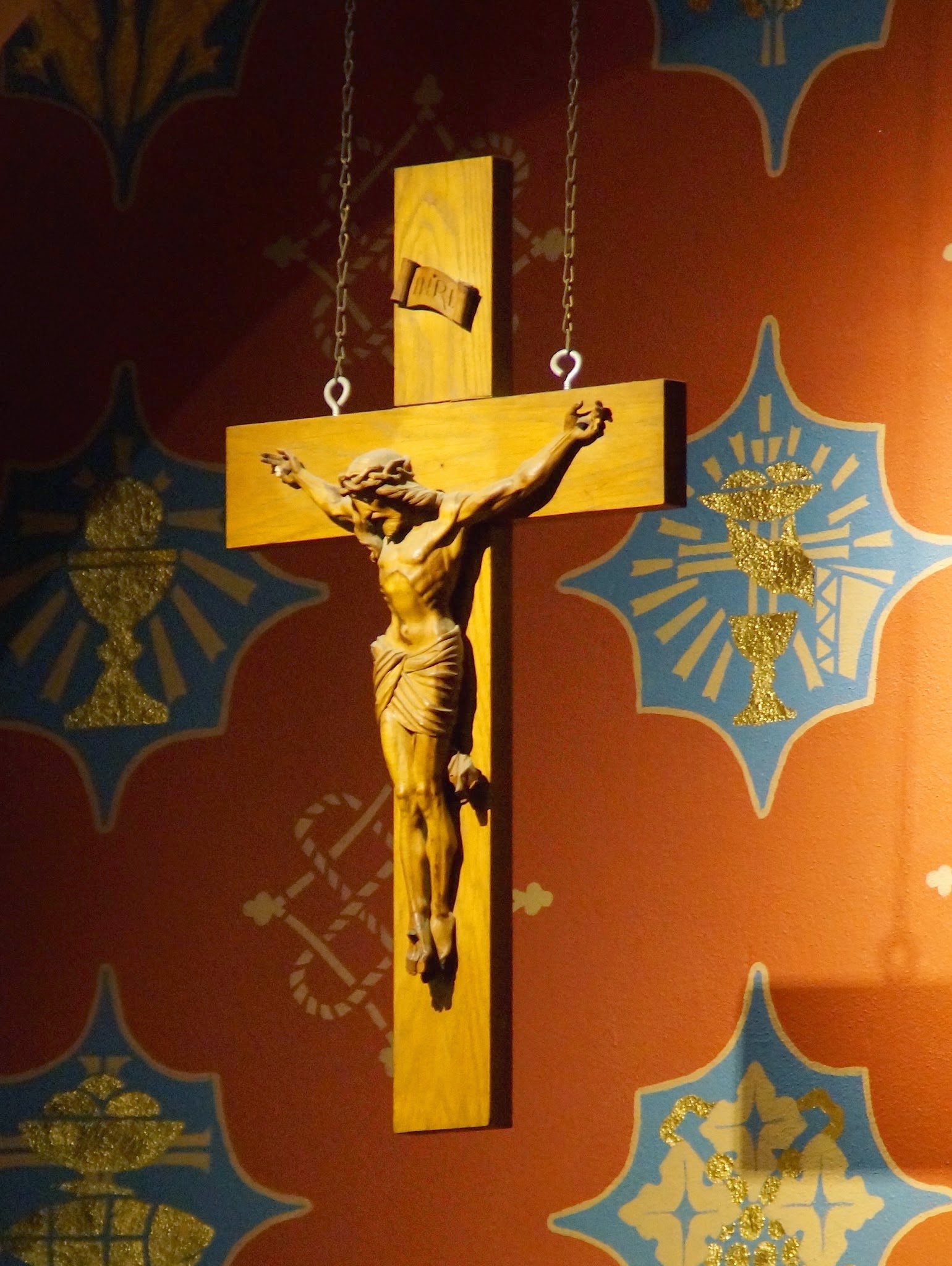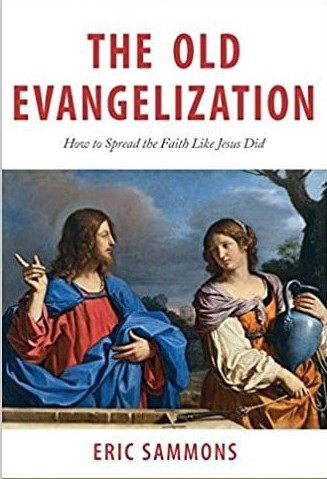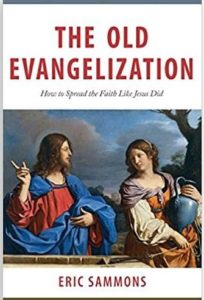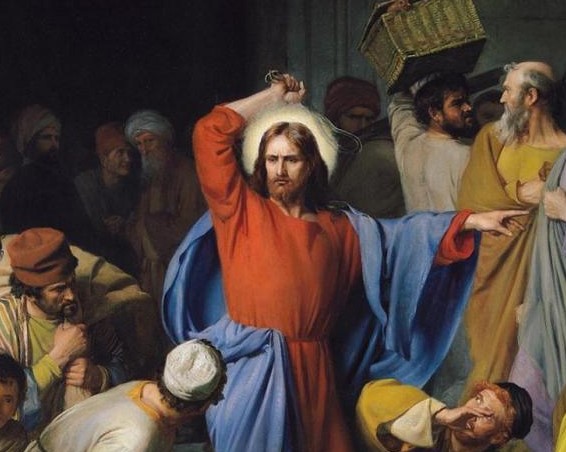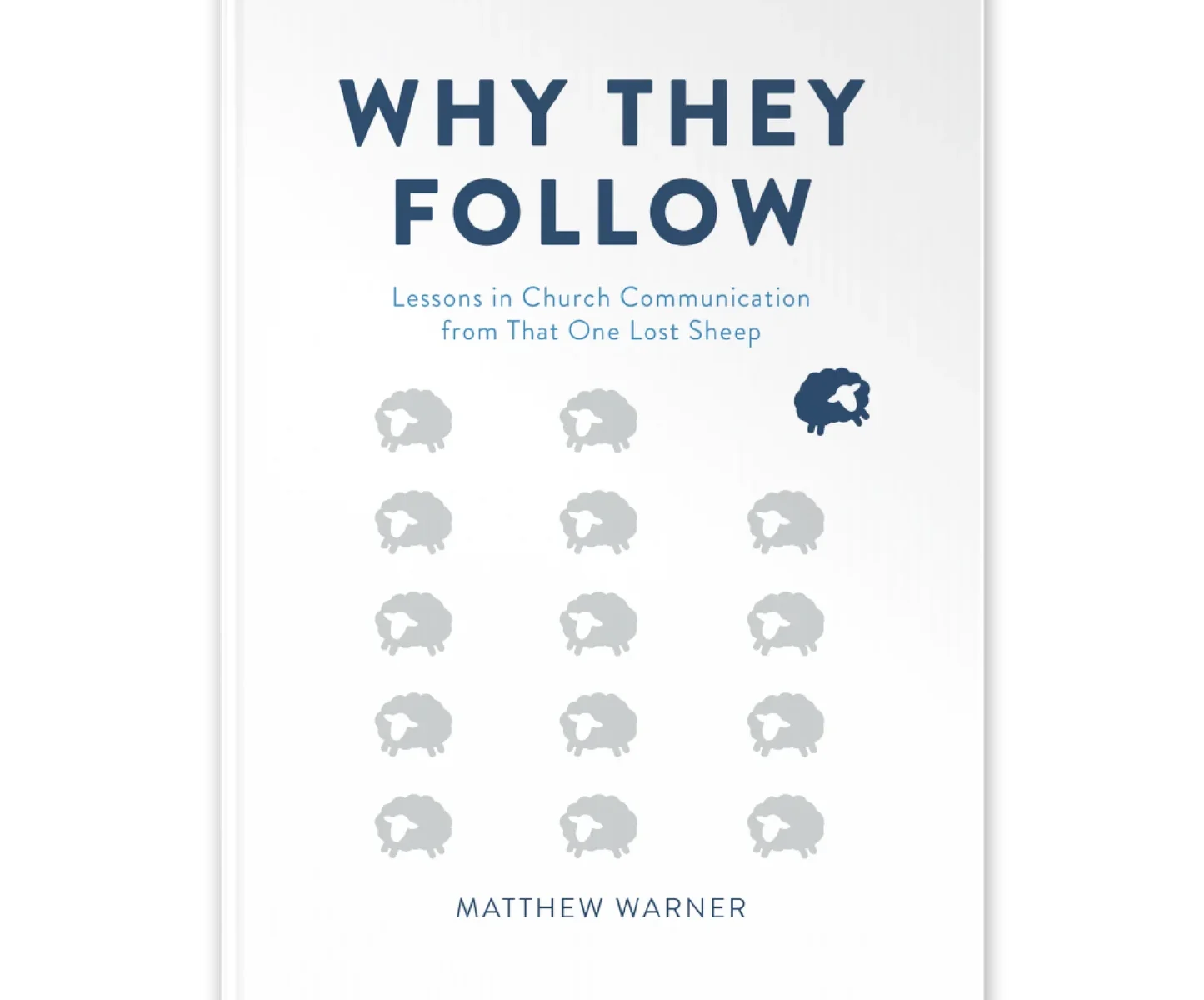For Holy Week an possible practice is to pray a rosary combined with the Seven Penitential Psalms. One could do this on a chosen day, such as Good Friday or on another day, even several days. I have set this forth in the rosary that follows. I also offer a PDF of this rosary that you can print here: Rosary of the 7 Penitential Psalms.
Praying this rosary is straight-forward. The usual preliminary prayers of the rosary are prayed. Then, the Sorrowful Mysteries are prayed and one reads a verse from the psalms assigned to each bead. By the end of the rosary all seven psalms have been prayed, with Mary! She doesn’t need them, but we do and she is surely happy to pray them with us.
Rosary of the Seven Penitential Psalms
(Grail Translation)
The numbers below refer not to the verses of the listed psalm, but to the bead in the decade.
First Sorrowful Mystery: The Agony in the Garden
- Psalm 6 Lord, do not reprove me in your anger;
punish me not in your rage.
Have mercy on me, Lord, I have no strength;
Lord, heal me, my body is racked;
my soul is racked with pain. - But you, O Lord…how long?
Return, Lord, rescue my soul.
Save me in your merciful love;
for in death no one remembers you;
from the grave, who can give you praise?
- I am exhausted with my groaning;
every night I drench my pillow with tears;
I bedew my bed with weeping.
My eye wastes away with grief;
I have grown old surrounded by my foes.
- Leave me, all you who do evil;
for the Lord has heard my weeping.
The Lord has heard my plea;
The Lord will accept my prayer.
All my foes will retire in confusion,
foiled and suddenly confounded.
- Psalm 32 Happy the man whose offense is forgiven,
whose sin is remitted.
O happy the man to whom the Lord
imputes no guilt,
in whose spirit is no guile.
- I kept it secret, and my frame was wasted.
I groaned all day long,
for night and day your hand was heavy upon me.
Indeed my strength was dried up
as by the summer’s heat.
- But now I have acknowledged my sins;
my guilt I did not hide.
I said: “I will confess
my offense to the Lord.”
And you, Lord, have forgiven
the guilt of my sin.
- So let every good man pray to you
in the time of need.
The floods of water may reach high
but him they shall not reach.
You are my hiding place, O Lord;
you save me from distress.
You surround me with cries of deliverance. - I will instruct you and teach you
the way you should go;
I will give you counsel
with my eye upon you.
- Be not like horse and mule, unintelligent,
needing bridle and bit
else they will not approach you.
Many sorrows has the wicked
but he who trusts in the Lord,
loving mercy surrounds him.
Second Sorrowful Mystery: The Scourging at the Pillar
- Psalm 38 Lord do not rebuke me in your anger;
do not punish me, Lord, in your rage.
Your arrows have sunk deep in me;
your hand has come down upon me.
- Through your anger all my body is sick:
through my sin, there is no health in my limbs.
My guilt towers higher than my head;
it is a weight too heavy to bear.
- My wounds are foul and festering,
the result of my own folly.
I am bowed and brought to my knees.
I go mourning all the day long. - All my frame burns with fever;
all my body is sick.
Spent and utterly crushed,
I cry aloud in anguish of heart.
- O Lord, you know all my longing:
my groans are not hidden from you.
My heart throbs, my strength is spent;
the very light has gone from my eyes.
- My friends avoid me like a leper;
those closest to me stand afar off.
Those who plot against my life lay snares;
those who seek my ruin speak of harm,
planning treachery all the day long.
- But I am like the deaf who cannot hear,
like the dumb unable to speak.
I am like a man who hears nothing
in whose mouth is no defense.
- I count on you, O Lord:
it is you, Lord God, who will answer.
I pray: “Do not let them mock me,
those who triumph if my foot should slip.”
- For I am on the point of falling
and my pain is always before me.
I confess that I am guilty
and my sin fills me with dismay.
- My wanton enemies are numberless
and my lying foes are many.
They repay me evil for good
and attack me for seeking what is right.
Third Sorrowful Mystery: The Crowning with Thorns
- Lord, do not forsake me!
My God, do not stay afar off!
Make haste and come to my help,
O Lord, my God, my savior!
- Psalm 51 Have mercy on me, God, in your kindness.
In your compassion blot out my offense.
O wash me more and more from my guilt
and cleanse me from my sin.
- My offenses truly I know them;
my sin is always before me
Against you, you alone, have I sinned;
what is evil in your sight I have done.
- That you may be justified when you give sentence
and be without reproach when you judge,
O see, in guilt I was born,
a sinner was I conceived. - Indeed you love truth in the heart;
then in the secret of my heart teach me wisdom.
O purify me, then I shall be clean;
O wash me, I shall be whiter than snow. - Make me hear rejoicing and gladness,
that the bones you have crushed may thrill.
From my sins turn away your face
and blot out all my guilt. - A pure heart create for me, O God,
put a steadfast spirit within me.
Do not cast me away from your presence,
nor deprive me of your holy spirit. - Give me again the joy of your help;
with a spirit of fervor sustain me,
that I may teach transgressors your ways
and sinners may return to you. - O rescue me, God, my helper,
and my tongue shall ring out your goodness.
O Lord, open my lips
and my mouth shall declare your praise. - For in sacrifice you take no delight,
burnt offering from me you would refuse,
my sacrifice, a contrite spirit,
a humbled, contrite heart you will not spurn.
Fourth Sorrowful Mystery: The Carrying of the Cross
- In your goodness, show favor to Zion:
rebuild the walls of Jerusalem.
Then you will be pleased with lawful sacrifice,
Holocausts offered on your altar.
- Psalm 102 O Lord, listen to my prayer
and let my cry for help reach you.
Do not hide your face from me
in the day of my distress.
Turn your ear towards me
and answer me quickly when I call.
- For my days are vanishing like smoke,
my bones burn away like a fire.
My heart is withered like the grass.
I forget to eat my bread.
I cry with all my strength
and my skin clings to my bones. - I have become like a pelican in the wilderness
like an owl in desolate places.
I lie awake and I moan
like some lonely bird on a roof.
All day long my foes revile me;
those who hate me use my name as a curse. - The bread I eat is ashes;
my drink is mingled with tears.
In your anger, Lord, and your fury
you have lifted me up and thrown me down.
My days are like a passing shadow
and I wither away like the grass. - But you, O Lord, will endure for ever
and your name from age to age.
You will arise and have mercy on Zion:
for this is the time to have mercy,
(yes, the time appointed has come)
for your servants love her very stones,
are moved with pity even for her dust. - The nations shall fear the name of the Lord
and all the earth’s kings your glory,
when the Lord shall build up Zion again
and appear in all his glory.
Then he will turn to the prayers of the helpless;
he will not despise their prayers. - Let this be written for ages to come
that a people yet unborn may praise the Lord;
for the Lord leaned down from his sanctuary on high.
He looked down from heaven to the earth
that he might hear the groans of the prisoners
and free those condemned to die. - The sons of your servants shall dwell untroubled
and their race shall endure before you
that the name of the Lord may be proclaimed in Zion
and his praise in the heart of Jerusalem,
when peoples and kingdoms are gathered together
to pay their homage to the Lord. - He has broken my strength in mid-course;
he has shortened the days of my life.
I say to God: “Do not take me away
before my day are complete,
you, whose days last from age to age.
Fifth Sorrowful Mystery: The Crucifixion
- Long ago you founded the earth
and the heavens are the work of your hands.
They will perish but you will remain.
They will are wear out like a garment.
You will change them like clothes that are changed.
But you neither change, nor have an end.”
- Psalm 130 Out of the depths I cry to you, O Lord,
Lord, hear my voice!
O let your ears be attentive
to the voice of my pleading.
- If you, O Lord, should mark our guilt,
Lord, who would survive?
But with you is found forgiveness:
for this we revere you.
My soul is waiting for the Lord.
I count on his word.
- My soul is longing for the Lord
more than watchman for daybreak.
Let the watchman count on daybreak
and Israel on the Lord.
Because with the Lord there is mercy
and fullness of redemption,
Israel indeed he will redeem
from all its iniquity.
- Psalm 143 Lord, listen to my prayer:
turn your ear to my appeal.
You are faithful, you are just; give answer.
Do not call your servant to judgment
for no one is just in your sight. - The enemy pursues my soul;
he has crushed my life to the ground;
he has made me dwell in darkness
like the dead, long forgotten.
Therefore my spirit fails;
my heart is numb within me.
- I remember the days that are past:
I ponder all your works.
I muse on what your hand has wrought
and to you I stretch out my hands.
Like a parched land my soul thirsts for you.
- Lord, make haste and answer;
for my spirit fails within me.
Do not hide your face
lest I become like those in the grave.
In the morning let me know your love
for I put my trust in you.
- Make me know the way I should walk:
to you I lift up my soul.
Rescue me, Lord, from my enemies;
I have fled to you for refuge.
Teach me to do your will
for you, O Lord, are my God.
- Let your good spirit guide me
in ways that are level and smooth.
For your name’s sake, Lord, save my life;
in your justice save my soul from distress.
In your love make an end of my foes;
destroy all those who oppress me
for I am your servant, O Lord.
